Freeze Warnings
We’re looking at some of the coldest weather we’ve had in many years coming between now and this time next week. You still have time, though, to save vulnerable plants.
I’m going to present this stream-of-consciousness effort in bullets for easiest reading. I hope that you find it useful.
• It’s not just the low temperature. It will also be the duration. Think of it in human terms. We can endure very cold temperatures for a few minutes, but temperatures actually much warmer can be fatal if we’re exposed to them for longer periods of time. It’s the same for vulnerable plants.
• Damage is worse if plants go into the cold dry. Always water prior to expected cold weather.
• Wind chill doesn’t kill plants. It’s the actual low temperature. However, winds will dry out vulnerable foliage, so you want to protect those plants from harsh north winds in the winter.
• Know your county’s USDA Plant Hardiness Zone. The country has been broken down into regions by 10-degree minimum winter temperatures. These measurements were begun almost 100 years ago, and they are revised periodically.
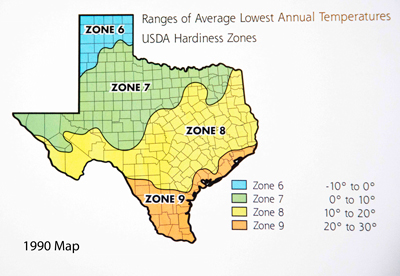
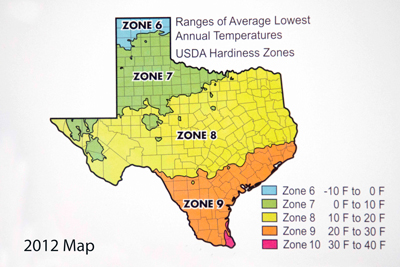
• I believe that the 2012 revision of the USDA Hardiness Zone Map (which reflects a series of rather warm recent winters) is less accurate than the 1990 map, and I encourage Texas gardeners to use the latter (the map on top, above). Please see the simplified maps from Chapter 1 of Neil Sperry’s Lone Star Gardening. You will see how the Zones have been moved farther north in the 2012 map. Buy your new plants accordingly.
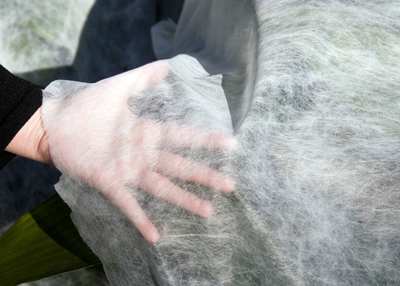
• “Frost cloth” is a lightweight gauze-like material that stops the blasts of cold wind across plants’ leaves while it also absorbs radiant energy from the sun during the daytime and stores it in the soil to be released up around the leaves at night. Frost cloth can make 7 or 8 degrees of difference in whether your plants die or are damaged. I have used it for 30 years, and I can tell you that it really works.
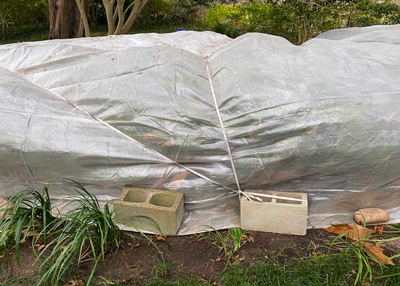
• Old sheets, burlap and other fabrics are of some help if you simply cannot find frost cloth, but they will absorb moisture if it rains. Frost cloth does not. Frost cloth is measureably better. This is a corner not worth cutting!
• Polyethylene plastic, either clear or black, is absolutely not a good cover. It overheats rapidly when the sun comes out in early morning of clear, cold days. Plants thaw out far too rapidly and are almost always damaged badly.
• If precipitation is forecast, devise some means of staking or looping your frost cloth so that it won’t weight down on top of the plants. You need that insulation of air, but you don’t want it crushing your plants, either.
• The frost cloth must be taken completely to the ground and secured in place with bricks, river rocks or some other weights. I leave decorative river rocks at one end of my beds for ease of use when cold rolls in. My frost cloth is pre-cut for each bed that might need to be covered. I fold it up neatly and put it away in plastic trash bags with labels attached. It can often be reused for several cold spells, even for several years.
• Frost cloth can be left in place for days and even weeks. White types allow air, water and light to penetrate, so your plants will do just fine. They’ll be fresh and green when you uncover them once danger of additional cold has passed. I’ve left plantings of cast iron plants in our landscape covered from Christmas until late February.
To protect, or not to protect?
Here are my accumulated thoughts on which plants do and do not need to be protected from the extremely low temperatures expected over the next several days and nights.
• Plants listed as “winter hardy to your USDA Hardiness Zone” (locate your county on the maps above) probably do not need to be protected in any way (other than with a deep soaking before the extreme cold).
• Low-growing plants such as annuals (pansies, pinks, snapdragons, etc.) and perennials that are already in bud or bloom can be protected with frost cloth.
• Plants growing in pots lose about 20 degrees’ worth of cold hardiness because their roots are exposed. That’s even true with woody plants (trees and shrubs) when they’re grown above ground. It’s best to move those plants into an unheated garage or storage building to get them out of the wind. If you don’t have such a spot, move them up against the south side of a building. If they can’t be moved, wrap them in insulation batts for the duration. Be sure they’re watered thoroughly before their soil freezes.
• Flowering shrubs that are in bud or bloom can be protected by covering with a wide piece of frost cloth, once again, brought clear back down to the ground.
• Peaches, plums and apricots that are in bud or bloom are difficult to cover. People sometimes hear about running sprinklers in orchards, but those are ultra-low-volume misters that are not anything a homeowner would have. If you try doing that with a regular lawn sprinkler you’ll create an ice hazard and you’ll break the branches of your tree in the process. Take your chances and accept your losses should one year’s crop be frozen. It’s better than wrecking your tree.
• Rose bushes that have started to bud out and grow will probably be fine. If you haven’t gotten them pruned yet, this will buy you a few additional days.
• Trees present a more difficult challenge. Hopefully you’ve only chosen types that are winter-hardy in your locale, but if you have one or two tenderfeet, you can try wrapping their trunks with old quilting or with batts of fiberglass insulation. Some people wrap heat tape inside the covering for added protection. While you may still have dieback of the branches, you might be able to save the main trunk. That won’t help with palms where their growing tips could freeze, but I told my friend with his palo verde (retama) in North Central Texas that it might be enough to put it over the top.
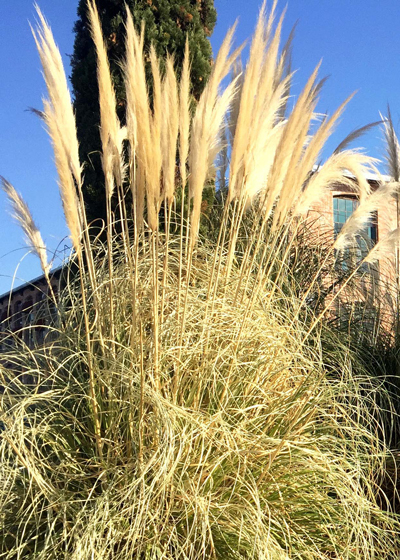
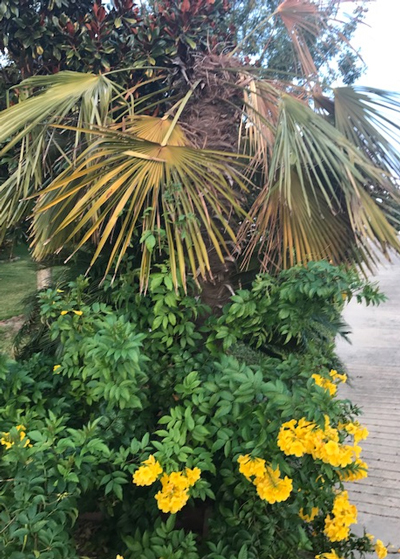
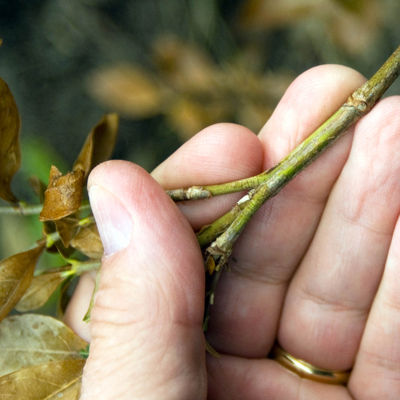
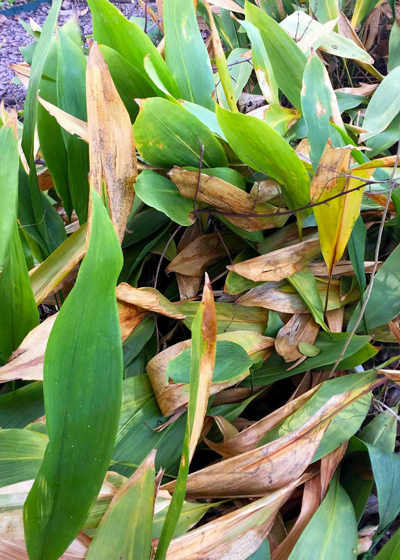
• There is no way that I can do justice to a state as huge as Texas with what follows in this paragraph, but after spending an hour looking at the lowest temperatures from Amarillo (-5F on Sunday) to Brownsville (35F on Monday), and many in the teens and 20s on Saturday and Monday, plants that I would consider most vulnerable include:
Northern half of the state: oleanders, figs, gardenias, loquats, pittosporums, star jasmine, fig ivy, Texas mountain laurel, Texas sage, sago palms, various actual palms, sweet viburnum and a few other viburnums, pampasgrass.
Southern regions of Texas: citrus, bougainvilleas, Gold Star esperanzas, hibiscus and other sub-tropical plants.
• Wildflowers have been through Texas winters for hundreds of thousands of years. They are not in jeopardy.
• Disconnect all hoses from faucets. Cover exposed faucets. If your sprinkler system does not have a freeze override, put it in the “Off” position. Bring end-of-hose lawn sprinklers into the garage so that trapped moisture won’t freeze and rupture their internal workings.
